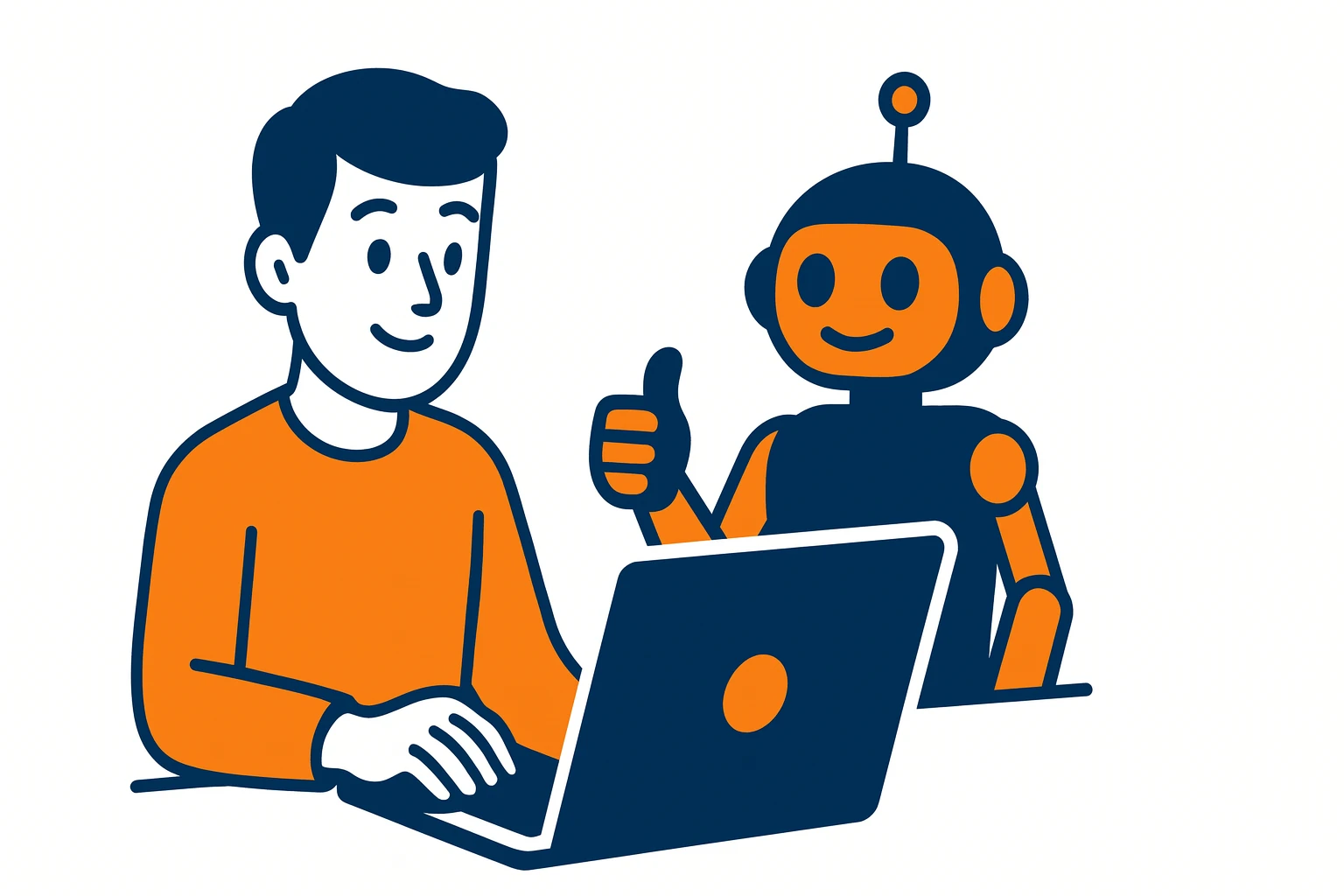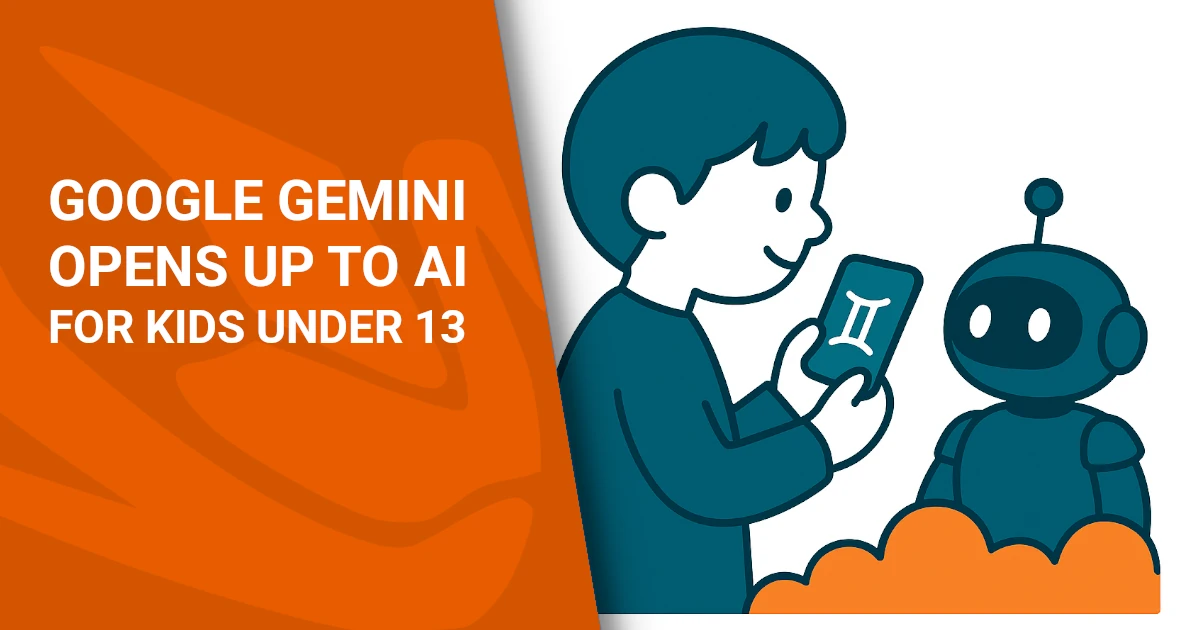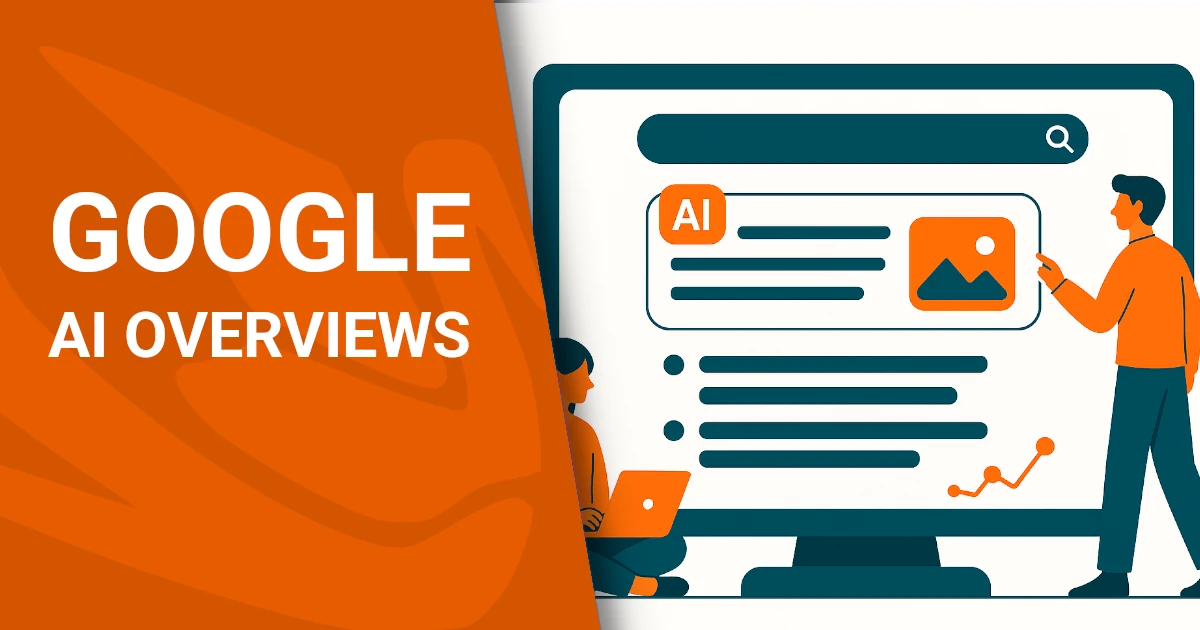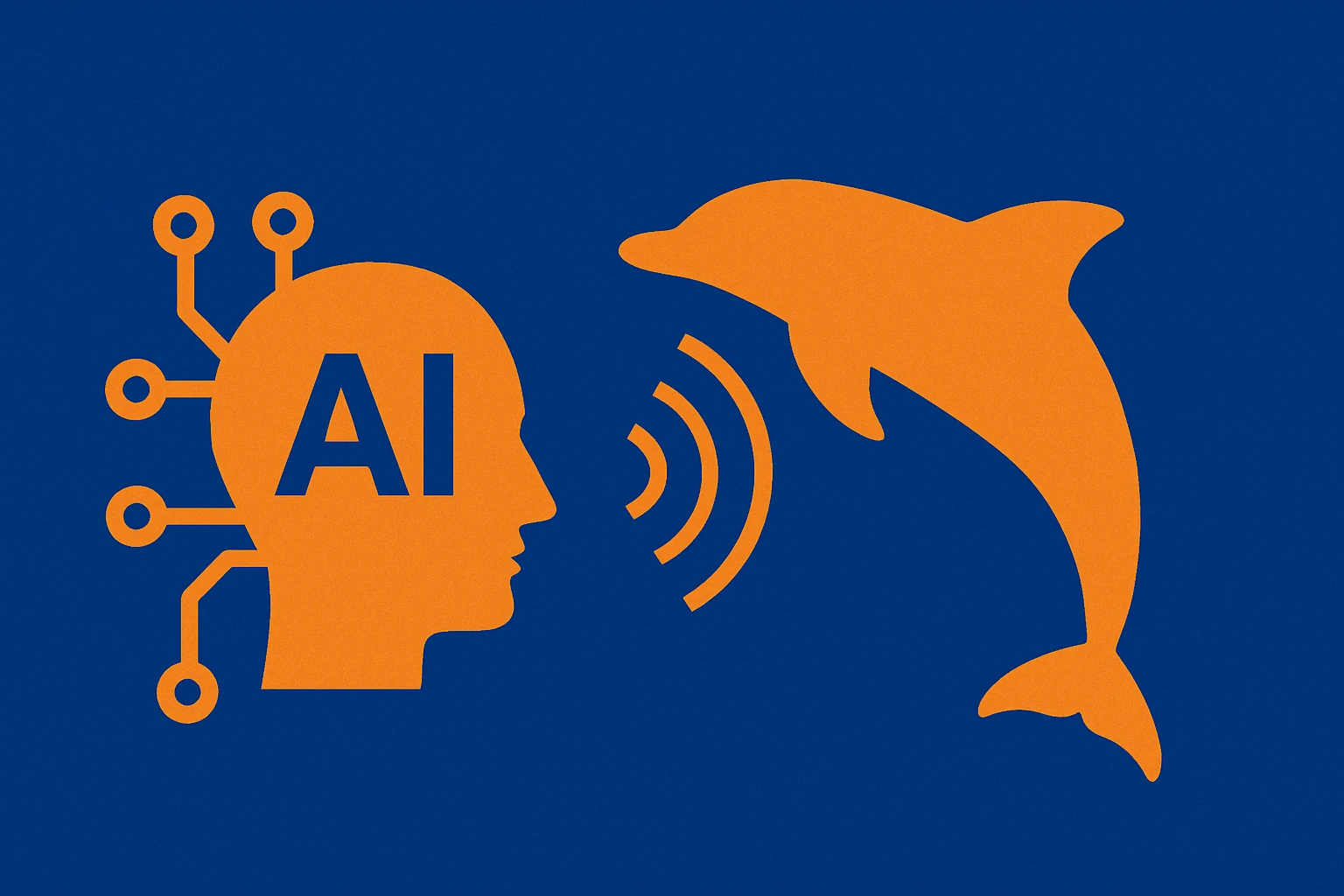Category: AI
-
ChatGPT Agent Mode: What It Can Do
The ChatGPT Agent Mode is one of the most exciting innovations introduced by OpenAI. It’s not just a more powerful chatbot, but a true virtual assistant, capable of performing complex tasks, handling files, planning activities, and automating workflows. In this article, we explore how it works, what it can do, and provide real-world prompt examples to make the most of it. What…
Written by

-
How ChatGPT is rewriting digital marketing rules
With generative AI on the rise, winning mentions is now the key to online brand visibility The silent shift: people are shopping through ChatGPT We’re no longer just searching—we’re talking. More and more consumers are shopping by chatting with large language models like ChatGPT, forcing digital marketers to evolve. Say goodbye to SEO-only tactics and hello…
Written by

-
Google’s Gemini AI now open to kids under 13 – but experts raise red flags
Parental controls and educational promises meet growing fears over privacy and mental health risks for children. Gemini for kids may sound like progress, but the balance between educational support and safeguarding mental well-being is fragile. The AI-child relationship deserves a closer look — before it’s too late. A kid-friendly AI? Google has opened access to its Gemini chatbot to users under the age…
Written by

-
Google AI Overview: the new SERP
Google AI Overview is more than just a new feature—it marks the definitive entry of generative AI into the search experience. Now officially launched in Italy and other European countries, this system is set to dramatically reshape how users access information and how content appears in search results. In this article, we’ll explain what AI Overview is, how it works,…
Written by

-
DolphinGemma: Google’s AI could let us talk to dolphins
An interspecies communication breakthrough: Google develops an AI to decode dolphin vocalizations A voice from the deep: how dolphins might speak through AI DolphinGemma, Google’s ambitious new project, may become a turning point in how we understand animal communication. Created in collaboration with the Wild Dolphin Project (WDP), active since 1985, and the Georgia Institute of Technology, this innovation…
Written by

-
AI and consumers: How artificial intelligence is reshaping shopping behavior
Artificial intelligence is reshaping the way consumers search for information, make purchasing decisions, and interact with brands. Chatbots, virtual assistants, and AI-powered search engines are gaining ground, offering personalized experiences and reducing search times. However, challenges related to transparency, data security, and consumer trust remain. A recent study by the Italian Observatory for Electronic Commerce for SMEs (OICE), presented on January 28,…
Written by

-
Flexclip: What it is and how it works
Flexclip is an excellent solution for those who want to create quality videos quickly and easily. With its vast library of resources, intuitive tools and competitive prices, it is an indispensable tool for businesses, professionals and content creators. If you are looking for a software that combines simplicity and functionality, Flexclip is definitely worth a…
Written by

-
AI tools and Apps for students
From language learning to writing, AI offers useful tools to improve study effectiveness Artificial Intelligence: an ally for modern study Artificial Intelligence (AI) is revolutionizing the way students learn, providing innovative tools and personalized solutions. Let’s see which applications can support the learning process, adapting to the individual needs of each student. Duolingo: Learning languages…
Written by

-
Google discovers vulnerability in SQLite using Big Sleep AI
Google has announced a breakthrough in cybersecurity: Big Sleep AI discovers a bug in the SQLite database. This is the first time a generative AI agent has identified a real vulnerability, demonstrating the potential of advanced AI to prevent future risks. Big Sleep’s discovery of vulnerability The vulnerability discovered by Big Sleep is a significant milestone, as it is the first…
Written by

